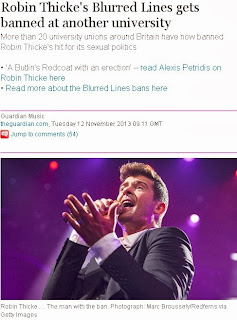This builds on the mag ad post from the top links list, plus the links list (look down the right-hand side), + various posts added since I last updated the mag ad post.
Scroll to end for an example of publisher info on a mag's audience.
BASIC STEPS:
1: You must have a clear, specific primary (and differentiated secondary) audience in mind. This should incorporate not just age range/s, but also gender, sexuality and any other relevant demographics/lifestyle factors
2: Research what UK magazines there are. You're looking for any genre-related titles, but also any more general titles that reflect your target audience/s. Consider which would be appropriate for primary and secondary audiences separately.
3: Use publisher sites or magazine sites to find descriptions of their readership; most provide detail on this (age range, social class, gender and lifestyle descriptors) as otherwise advertisers - including YOU!!! - wouldn't have confidence in spending money on placing ads which might not match up to that readership.
4: Try a hands-on browse in a WH Smith or equivalent!
5: Blog on your findings, making it clear which titles you'll target your primary and secondary audiences in and why you feel these are the most appropriate. Such evidence is useful for the Evaluation, but 'audience' is a key part of the R+P marks. If you do a vodcast, you can re-use this in your Evaluation.
 |
| Finding publishers' guides is easy! |
7: Sum up any specific IDEAS you've taken from this research, especially if you've found examples for your artist. You could also usefully list which conventions you aim to reflect.
8. Start blogging on your ideas, including basic dummy/mock-ups of these where possible (ie, adding a block with only 'tour dates' inside, or a box with 'CD track listing', but not actual details at this point), and highlighting images taken as part of this
9. Post drafts. Number these. Its vital you include somewhere clear and specific detail on how you think this will appeal to your particular target audience/s. Audience feedback needs to accompany each draft, with a summary of your response - remember, this is the topic of 1 of the 4 Eval Qs.
10. Links lists and proofreading: add relevant links lists, and simply check that you're happy each post is tidy, clear and multimedia (and that the published dates are appropriate/helpful).
EXAMPLES OF PUBLISHER'S AUDIENCE PROFILES
 |
| You need the media kit... |
Mags need to have a clearly defined audience; advertisers (YOU!) need to know what sort of reader they can reach before spending money.
Take 2 simple examples: Glamour and Now magazines. I googled 'glamour uk magazine publisher' (without the UK, I was taken to the US site) and clicked through on the UK link (see screenshot above).
I clicked through the 'download media kit' - this is what they provide for advertising agencies, breaking down precisely who reads their magazine: see screenshot, left.
Here's a snippet from that 'media kit':
I also did a quick search for Now's publisher, which turned out to be IPC Media. Their website has a dropdown list of all their titles (as most do), which provided an idea to consider Nuts for a small (quarter page) ad targeting a secondary male audience for a girl band.
Here's a snippet of what they tell us:



























